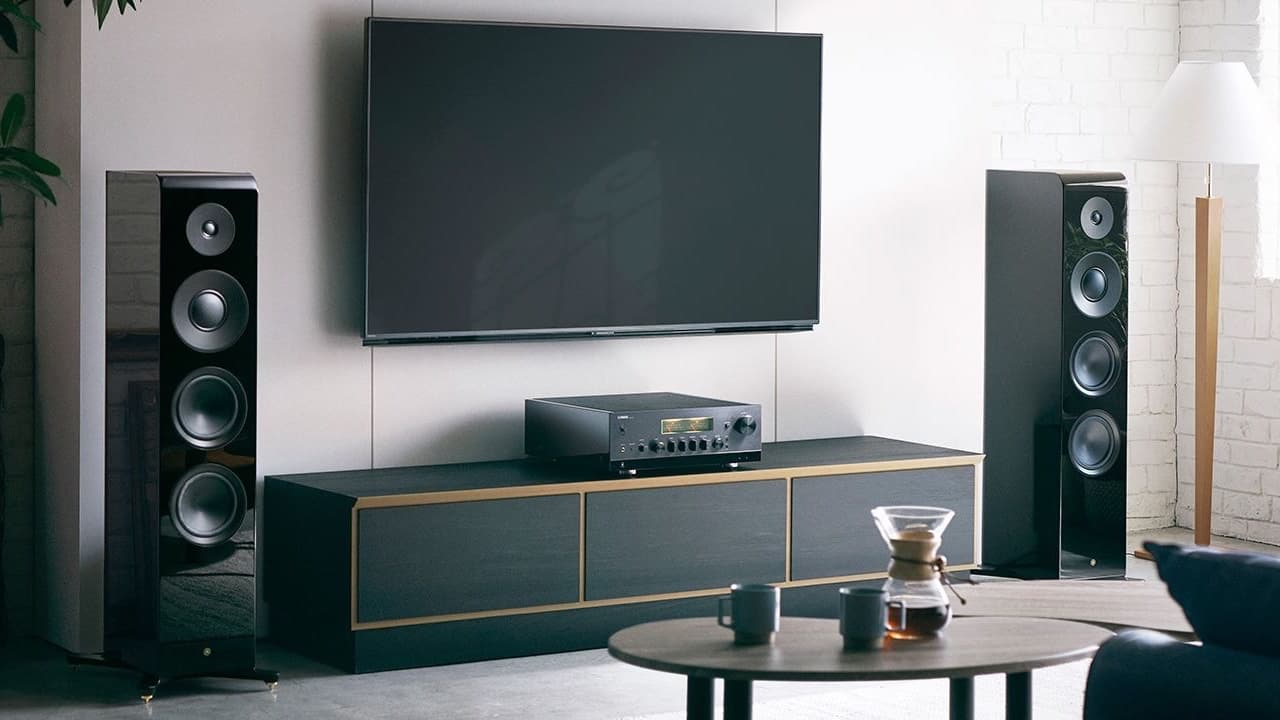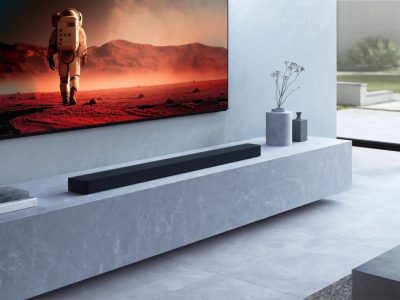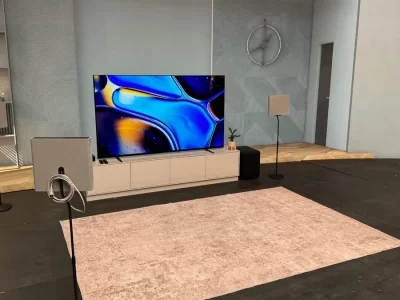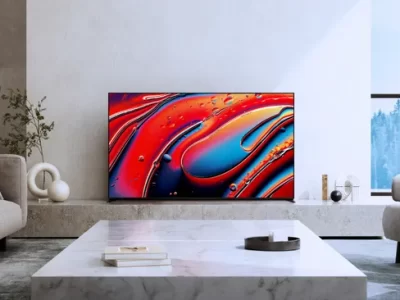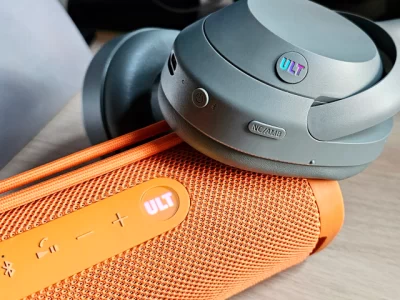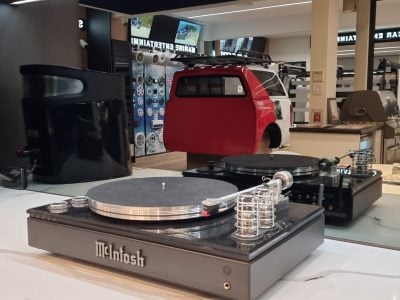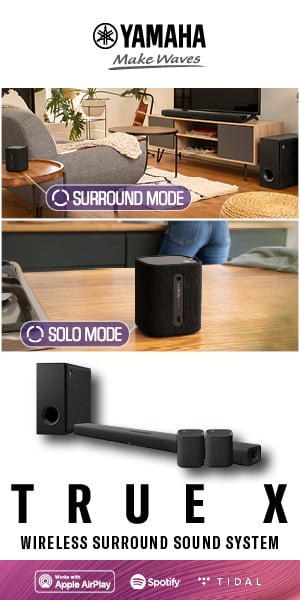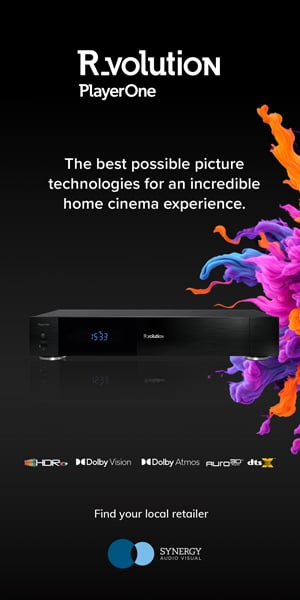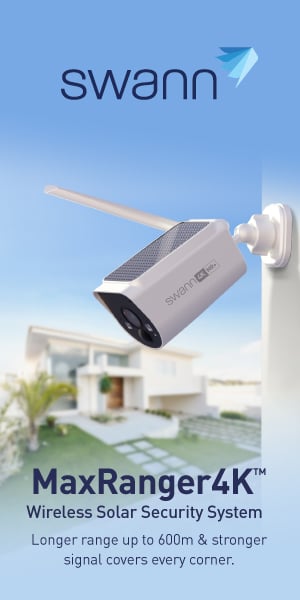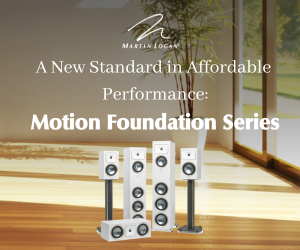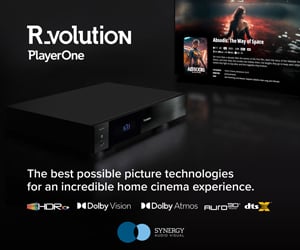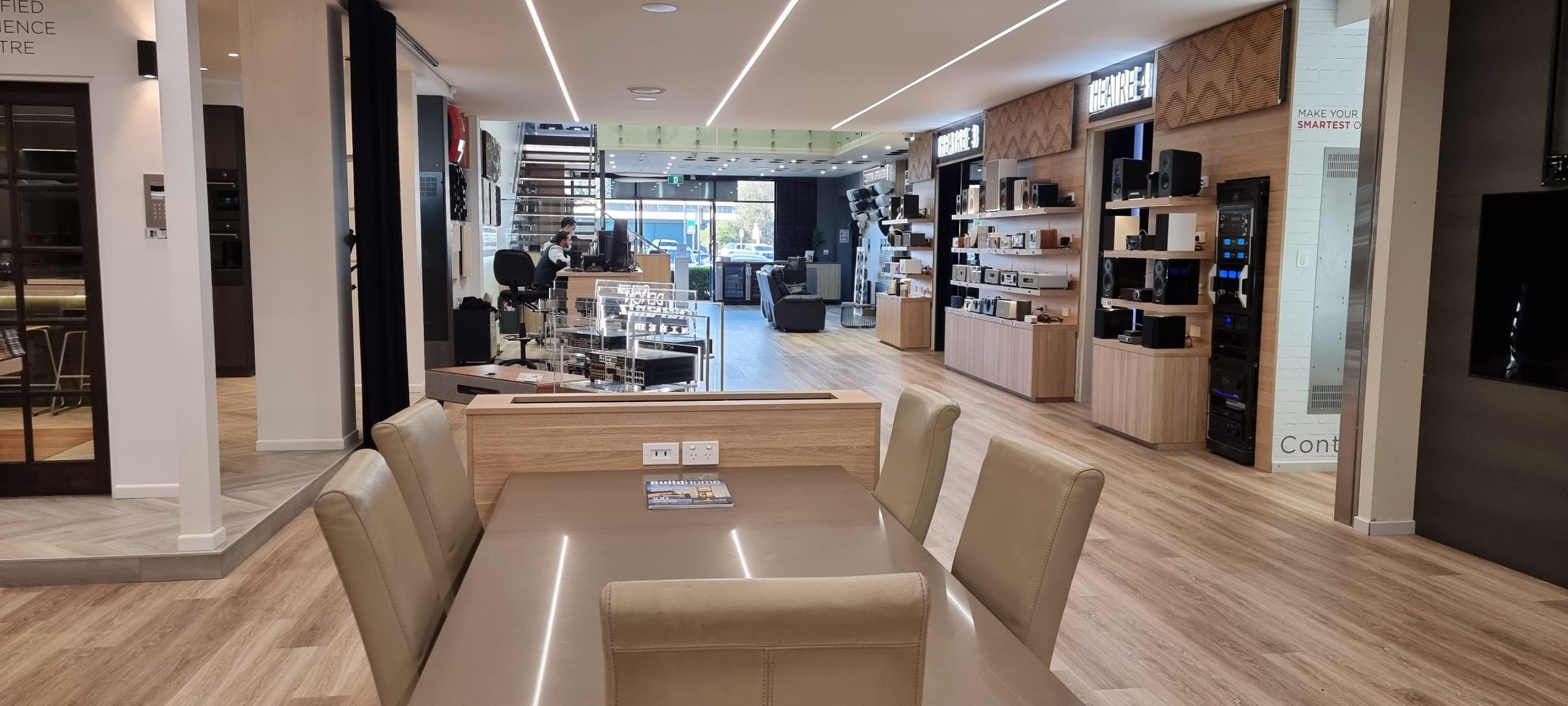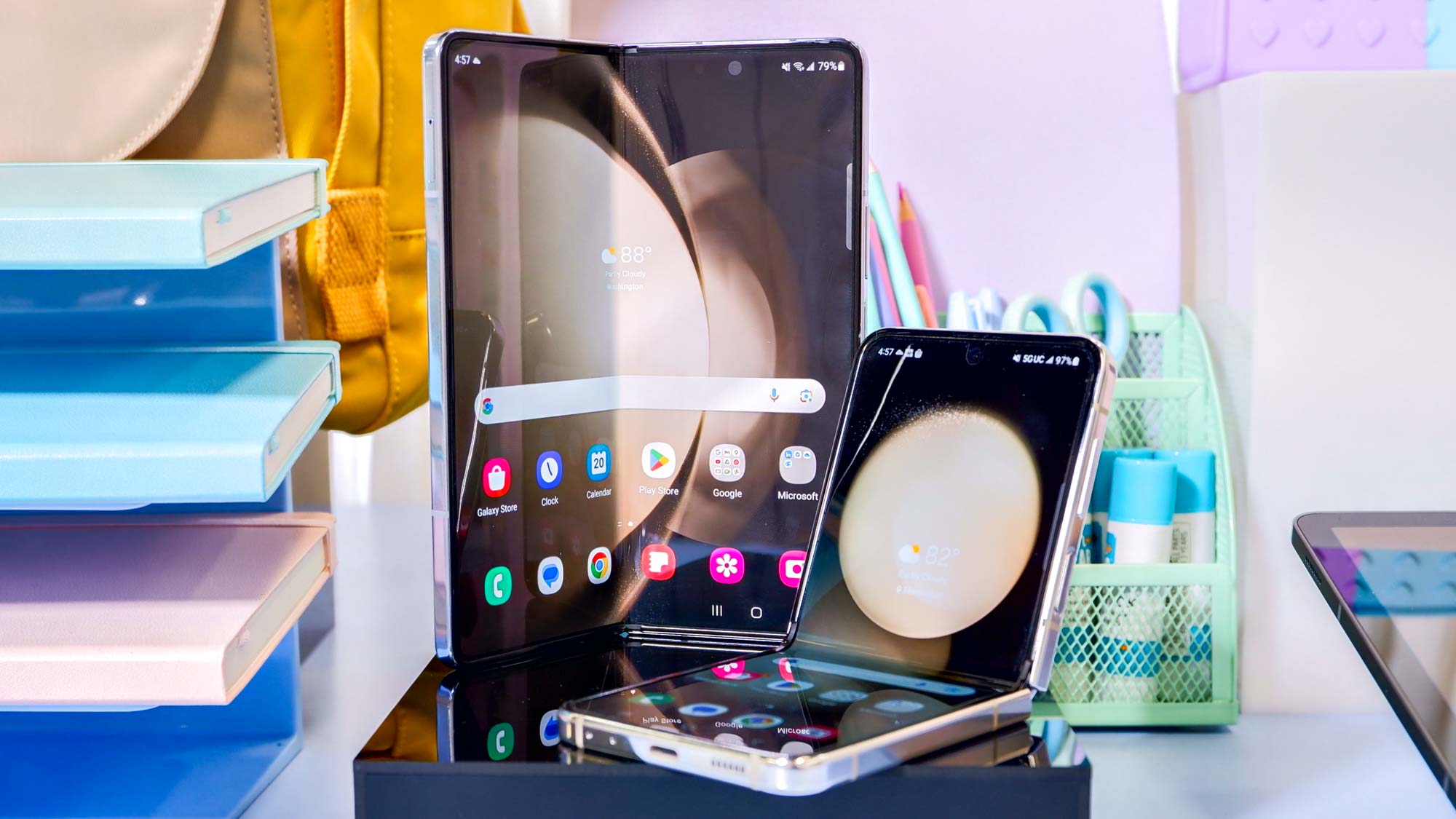New Wi-Fi and Bluetooth technology is driving growth in the speaker market, according to a new 2023 Loudspeakers Global Market Report. Also popular are attach speakers for TVs and PCs.
A major factor contributing to growth in the loudspeaker market is increased spending on home entertainment products, with some consumers buying soundbars and two-channel audio speakers in an effort to improve their audio experience.
There is also demand for different forms of loudspeakers, including those controlled remotely, as well as minimalistic stylish speakers.
The report claims there is a “greater consciousness of sound quality among consumers”.
The report names Harman, Bowers &Wilkins, Bose Klipsch Audio Technologies, KEF, Sonance, Yamaha, Sony, Creative Technology and Wharfedale as the industry’s major players.
Analysts claim the global loudspeaker market is set to grow from $7.25 billion in 2022 to $7.74 billion in 2023, at a compound annual growth rate (CAGR) of 6.7 per cent.
Despite the Russia-Ukraine conflict, which has disrupted the global economy, and the inflation impacting many markets across the globe, the loudspeaker market –including subwoofers, soundbars, wall-mounted speakers and outdoor speakers – is expected to continue its growth trajectory, the report says, and will reach $9.35 billion by 2027 at a CAGR of 4.9 per cent.
Considered in the report as loudspeakers are any electroacoustic transducers that convert an electrical audio signal into a corresponding sound, including soundbars and subwoofers.
The study claims consumers prefer external sound systems for home entertainment, as opposed to build in TV or computers speakers, and this presents retailers with the opportunity to upsell.
Another element the study considers is the expanded use of wireless audio equipment, driven by mobile use. This has added to the demand for wireless audio control and is driving the growth of Wi-Fi and Bluetooth-connected speakers, the report claims. To capitalise on the growing popularity of wireless audio equipment for home entertainment, manufacturers, including Samsung, LG, Sony, Bose, Denon, DTS, and Qualcomm, are launching wireless audio products or platforms. Wireless system examples are Sonos’ Wi-Fi speakers, Bose’s SoundTouch system, and Amazon’s Echo speakers.
Beyond loudspeaker outlay, overall spending on both physical and digital home entertainment is on the rise. Citing the US-based industry association, Digital Entertainment Group (DEG), ReportLinker claims that consumer expenditure on home entertainment grew at an unprecedented rate in 2021. The total physical and digital home entertainment spending rose by 7.8 per cent to a record $32.3 billion that year.
The ReportLinker study covers Australia, Brazil, China, France, Germany, India, Indonesia, Japan, Russia, South Korea, the UK, and the USA, and the market value within the report is defined as the revenues that Companies gain from goods and/or services sold within the specified market and geography through sales, grants, or donations in terms of currency.

